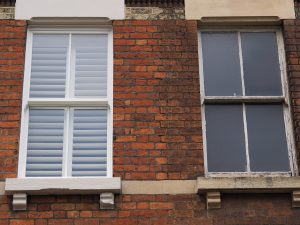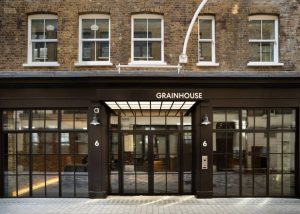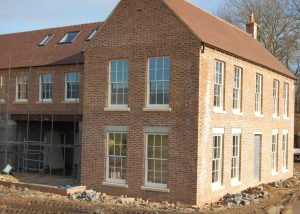Facts about Bungay
Bungay History
The origin of the name of Bungay is thought to derive from the Anglo-Saxon title Bunincga-haye, signifying the land belonging to the tribe of Bonna, a Saxon chieftain. Bungay Castle was built by the Normans but was later rebuilt by Roger Bigod, 5th Earl of Norfolk and his family, who also owned Framlingham Castle. Bungay’s village sign shows the castle. The castle contains a unique surviving example of mining galleries, dating to the siege of the castle in 1174.
The Church of St. Mary was once the church of the Benedictine Bungay Priory, founded by Gundreda, wife of Roger de Glanville. The 13th-century Franciscan friar Thomas Bungay later enjoyed a popular reputation as a magician, appearing as Roger Bacon’s sidekick in Robert Greene’s Elizabethan comedy Frier Bacon and Frier Bongay.
Black Shuck
St Mary’s Church was struck by lightning on Sunday, 4 August 1577. During the thunderstorm an apparition appeared, consisting of a black Hell Hound which dashed around the church, attacking members of the congregation. It then suddenly disappeared and re-appeared in Holy Trinity Church, Blythburgh 12 miles away, injuring members of the congregation there. The dog has been associated with Black Shuck, a dog haunting the coasts of Norfolk, Essex, and Suffolk.
An image of the Black Dog has been incorporated in the coat of arms of Bungay and has been used in the titles of various enterprises associated with Bungay as well as several of the town’s sporting events. An annual race, The Black Dog Marathon, begins in Bungay, and follows the course of the River Waveney and the town’s football club is nicknamed the “Black Dogs”.







